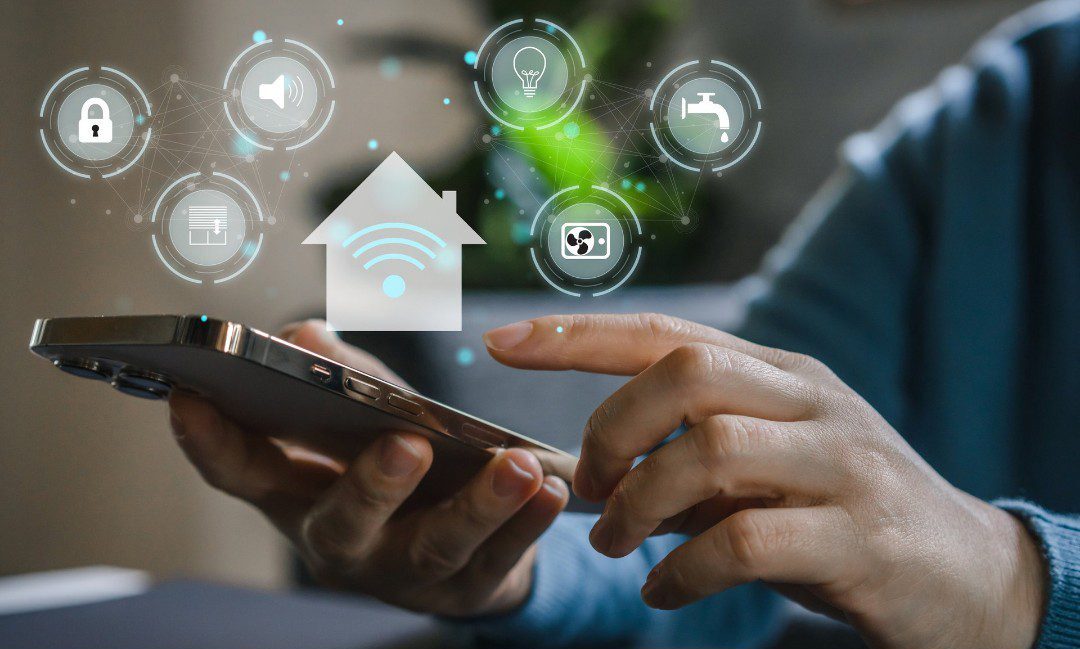In today's technologically advanced world, the concept of a smart home is no longer just a futuristic idea; it has become a reality for many homeowners and businesses. Understanding how smart homes work is key to unlocking the myriad benefits they offer. From enhancing convenience to improving energy efficiency, smart homes are revolutionizing the way we live. In this article, we will explore the inner workings of smart homes, delving into the technology behind them and their impact on modern living.

What Defines a Smart Home?
A smart home is a residence equipped with a network of interconnected devices that can be remotely controlled and managed through a smartphone, tablet, or computer. These devices, often referred to as the Internet of Things (IoT), communicate with each other and with the homeowner to automate various tasks. From lighting and climate control to security systems and entertainment devices, smart homes offer a seamless integration of technology into everyday life.
The Core Components of Smart Homes
To understand how smart homes work, it is essential to examine their core components:
1. Smart Devices
Smart devices are the building blocks of any smart home. These devices include smart thermostats, lighting systems, smart locks, security cameras, and voice assistants. Each device can be controlled individually or as part of a larger automation system, allowing homeowners to customize their living experience.
2. Connectivity
Connectivity is the backbone of a smart home ecosystem. Most smart devices rely on Wi-Fi, Bluetooth, or Zigbee to communicate with each other and with the homeowner's smartphone or tablet. Reliable internet connectivity ensures seamless operation and control of the entire system.
3. Automation and Control
Automation is a key feature of smart homes. Homeowners can create automation routines that trigger specific actions based on time, location, or sensor inputs. For example, a smart thermostat can adjust the temperature based on the homeowner's schedule, while smart lights can turn on automatically when someone enters a room.
The Benefits of Embracing Smart Home Technology
Understanding how smart homes work reveals a range of benefits for both homeowners and businesses:
1. Enhanced Convenience
Smart homes offer unparalleled convenience, allowing users to control their home environment with a few taps on their smartphone or through voice commands. Imagine adjusting the lighting, temperature, and security settings from the comfort of your couch or even while you're away from home.
2. Energy Efficiency
Smart homes contribute to energy savings by optimizing the use of resources. Smart thermostats, for instance, learn your preferences and adjust heating or cooling accordingly, reducing energy consumption when you're not at home. Similarly, smart lighting systems can be programmed to turn off when rooms are unoccupied.
3. Improved Security
Security is a paramount concern for homeowners, and smart homes provide robust solutions. Smart security cameras, doorbell cameras, and door locks offer real-time monitoring and control, giving homeowners peace of mind. Notifications and alerts can be sent to your device in case of any suspicious activity.
For a deeper dive into the specific lifestyle benefits of smart homes, check out this article.
Challenges and Considerations
While smart homes offer numerous advantages, there are also challenges to consider:
1. Privacy Concerns
The increased connectivity of smart devices raises concerns about data privacy and security. It's crucial for homeowners to choose reputable brands and regularly update device firmware to protect against potential vulnerabilities.
2. Compatibility Issues
Not all smart devices are compatible with each other, which can lead to frustration when trying to create a cohesive smart home system. Researching device compatibility and opting for products within the same ecosystem can help mitigate this issue.
Conclusion: The Future of Smart Homes
The future of smart homes is bright, with continuous advancements in technology and increasing consumer demand. As homeowners and businesses continue to embrace smart home technology, the possibilities for automation and convenience will expand. To get started with your smart home journey, check out this beginner's guide.
For further insights and tips on smart home installations, you can visit Vivint's Smart Home Installation Guide.

FAQ
1. What is the primary function of a smart home?
The primary function of a smart home is to provide enhanced convenience, energy efficiency, and security through interconnected devices that can be remotely controlled and automated.
2. How can I ensure the security of my smart home devices?
To ensure the security of your smart home devices, choose reputable brands, regularly update device firmware, and use strong and unique passwords for your accounts.
3. Are smart homes expensive to set up?
The cost of setting up a smart home can vary depending on the devices and systems you choose. However, there are affordable options available that offer significant benefits. Discover some cost-effective ideas in this article.

